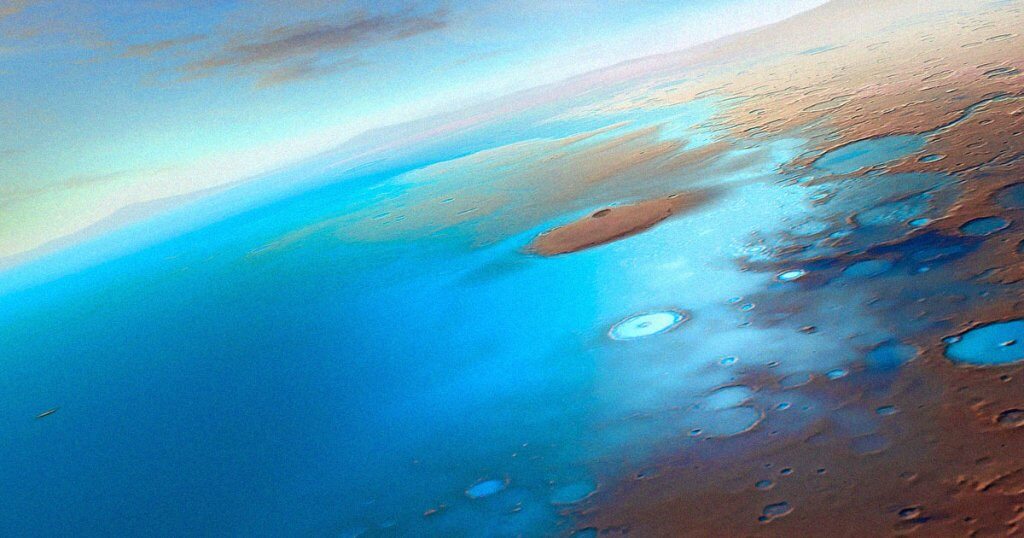The excitement is palpable.
Second Glance
NASA made a huge splash in September when it announced that its James Webb Space Telescope had spotted potential sign of life on an exoplanet dubbed K2-18b in the form of “dimethyl sulfide,” (DMS) a gas that’s produced exclusively by lifeforms on Earth.
Now, the telescope has turned its full attention towards the distant ocean-covered world. On Friday, it took another eight-hours-long peek to further investigate the tantalizing findings, as The Times reports, an exciting step in our efforts to probe what has been described as one of the most promising known locations to look for extraterrestrial life.
Plank Call
The ramifications of the discovery of DMS on the exoplanet are considerable. The gas is, per NASA, “only produced by life” here on Earth, with the majority being accounted for by “phytoplankton in marine environments.”
Whether that holds true on K2-18b is anything but certain — which is particularly frustrating because the exoplanet is located a whopping 124 lightyears away, making it practically impossible to visit and investigate firsthand.
Nonetheless, excitement has been steadily growing. The JWST’s spectrometer readings found that methane and carbon dioxide were abundant, which led to scientists concluding that the “sub-Neptune” planet was likely covered in a massive ocean hundreds of miles deep and a hydrogen-rich atmosphere.
“That right away said you need to have an ocean,” Cambridge astrophysicist Nikku Madhusudhan, lead of the ongoing research, told The Times. “This is the first time we’ve detected methane in a small planet ever. It solved a more than decade-long mystery, literally called the ‘missing methane problem.'”
Meanwhile, confirming the presence of DMS could “revolutionize scientific history,” he argued.
But before we can do that, Madhusudhan and his colleagues have much work to do. The team is planning to spend the next ten months poring over the results of the James Webb’s latest observations. Early results could be revealed as soon as four to six months from now, according to the report.
“If we do detect DMS [on K2-18b] it does put it basically at the top for potential signs of habitability,” Madhusudhan told the newspaper.
More on the discovery: James Webb Spots Possible Signs of Life on Distant Planet






